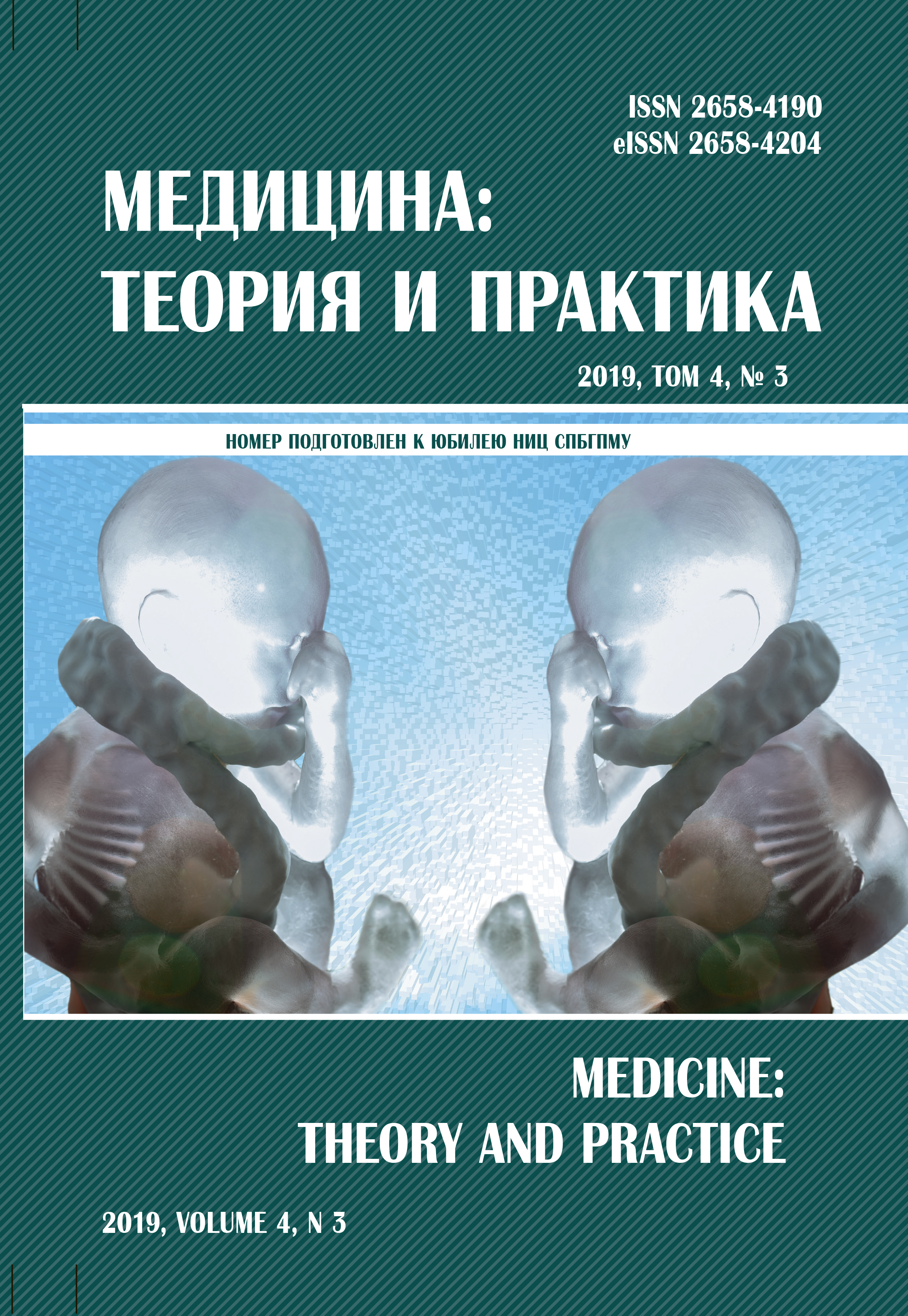Cytometric analysis of indicators of cellular dysfunction in children with atopic dermatitis
Abstract
Atopic dermatitis occupies one of the leading places in the structure of allergic diseases in children, it is a multifactorial dermatosis with hereditary predisposition and inadequate immune response. The aim of the study is to study the features of cellular immune response in atopic dermatitis in children of early and preschool age. The study included 105 children suffering from atopic dermatitis. 1 group - children aged 3 months to 1 year (39 people), 2 group - children aged 2 to 6 years (66 people). All of the surveyed children had clinical and laboratory data characteristic of allergy: the development of allergodermatit from the first months of life, distinct diagnostic provocative and elimination of the effects of food allergens, increased levels of total and allergen specific Ig E. Immunophenotyping of lymphocytes was performed by flow cytometry using direct immunofluorescence of whole peripheral blood and “no wash” technology. Phagocytic immunity was assessed by the ability of phagocytes to engulf particles zymosan. The study of the cellular component of the immune response in children with atopic dermatitis showed the presence of dysfunction in his work, which can cause the development of secondary immunodeficiency, serve as a prerequisite for concomitant bacterial and viral infection, as well as development of autoimmune pathology.



